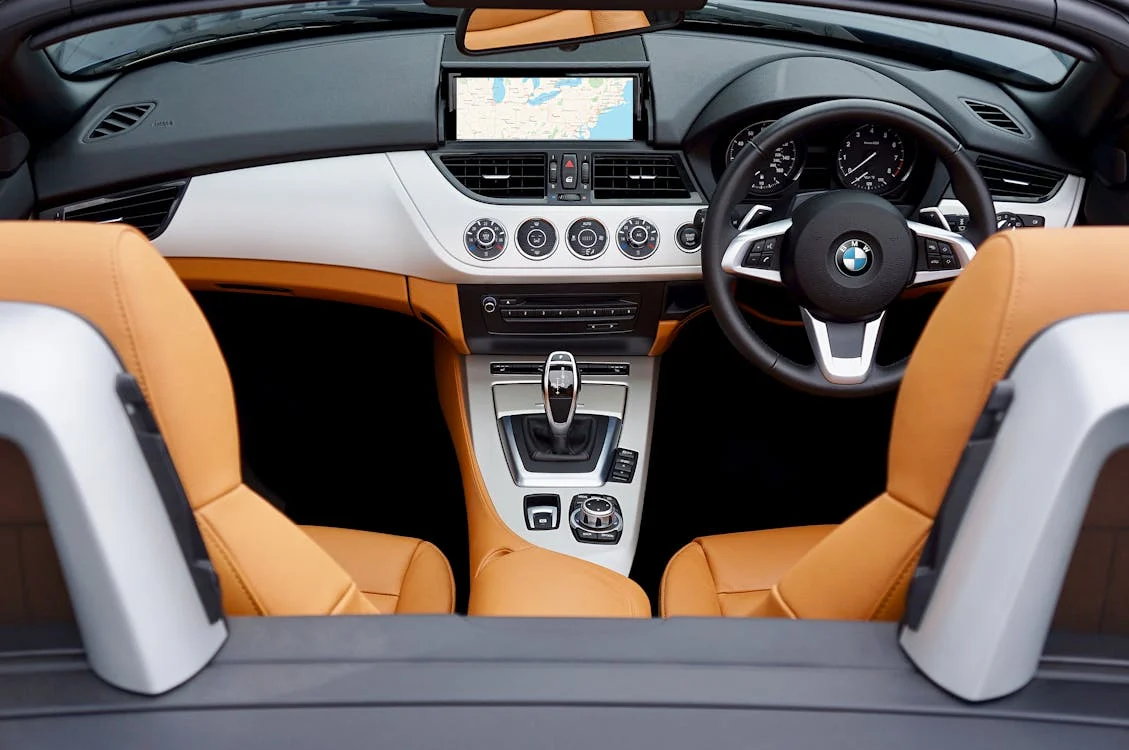Getting ready for a journey in a Tesla electric vehicle (EV) is a convenient way to travel because of its high technology innovation, efficiency, and sustainability. An electric vehicle can give you the confidence to go anywhere you want without any hassle of locating a regular gas station and such.
In this article, explore the basics of a Tesla charger, and its benefits during your travel with an electric vehicle.
What are Tesla Superchargers?
Tesla Superchargers are Level 3 DC fast chargers specifically designed for Tesla electric vehicles (EVs). These are capable of delivering high-power charging, allowing Tesla owners to charge their vehicle’s battery quickly.
One of the advantages of Tesla Superchargers is their ability to add significant range in a short amount of time. For instance, a Tesla vehicle can gain approximately 200 miles in 15 minutes of charging at the station. This rapid charging capability enables drivers to minimize their charging stops and continue their journey with minimal interruption.
Finding Tesla Superchargers
If you are looking for an EV charger installation for your home, then you can buy a level 1, or level 2 charger, just don’t expect the speeds of a supercharger!
Locating Tesla Supercharger stations is convenient and straightforward, thanks to various tools provided by Tesla:
1. Tesla Navigation System: Tesla vehicles come equipped with a built-in navigation system that seamlessly integrates with the Supercharger network. Drivers can easily locate nearby Supercharger stations by accessing the navigation menu on the car’s touchscreen display. The system automatically plans routes based on the location of Superchargers along the way, ensuring a hassle-free charging experience.
2. Tesla App: The Tesla mobile app, available for iOS and Android devices, offers another convenient way to find Supercharger stations. Users can open the app and use the map feature to locate nearby Supercharger stations. Additionally, the app provides real-time information on station availability and charging status, allowing drivers to plan their charging stops effectively.
3. Tesla Website: Tesla’s official website also provides a comprehensive map of Supercharger locations worldwide. Users can visit the website and use the interactive map to search for Supercharger stations based on their current location or destination. The website offers additional details such as station amenities, charging rates, and operational hours.
It’s important to note that while Tesla Superchargers are strategically positioned along major highways and in urban areas, there may be limitations on where you can find them. The Supercharger network primarily focuses on facilitating long-distance travel, so stations are predominantly located along highways and major travel routes. As a result, drivers planning routes in remote or rural areas may encounter fewer Supercharger options and should plan their journeys accordingly.
Using Tesla Superchargers (Optional)
Using Tesla Superchargers is a straightforward process that can be broken down into the following steps:
1. Locate a Supercharger Station: Use the Tesla navigation system, mobile app, or website to find the nearest Supercharger station along your route.
2. Park at a Charging Stall: Upon arrival at the Supercharger station, park your Tesla vehicle in an available charging stall. Ensure that your vehicle’s charging port is easily accessible and aligned with the charging cable.
3. Open the Charging Port: Press the button on the charging port cover or use the Tesla mobile app to open the charging port door on your vehicle.
4. Connect the Charging Cable: Retrieve the charging cable from the Supercharger station and plug it into your Tesla’s charging port. The connector should easily slide into place, and you may hear a confirmation click once it’s securely connected.
5. Initiate Charging: Depending on the Tesla model, you may need to initiate the charging process using the vehicle’s touchscreen display. Follow the instructions to select the desired charging rate and start the charging session.
6. Monitor Charging Progress: While your Tesla is charging, you can track the progress on the vehicle’s touchscreen display or through the Tesla mobile app. The display will provide real-time information about the charging rate, remaining time, and estimated range added.
7. Unplug and Depart: Once your Tesla has reached the desired charge level or you’re ready to continue your journey, simply unplug the charging cable from your vehicle’s charging port. Ensure that you securely stow the cable back at the Supercharger station and close the charging port door on your vehicle.
8. Exit the Supercharger Station: After charging is complete, exit the Supercharger station and continue your journey with confidence, knowing that your Tesla is ready to go the distance.
Charging Speed and Costs

Tesla Superchargers come in two main types: V2 (Version 2) and V3 (Version 3), each offering different charging speeds and capabilities.
1. V2 Superchargers: V2 Superchargers are capable of delivering up to 150 kW of power to Tesla vehicles. They feature a shared architecture, meaning that power is split between adjacent charging stalls when multiple vehicles are charging simultaneously. While V2 Superchargers provide rapid charging, they may experience reduced charging speeds during peak usage times or when sharing power with other vehicles at the station.
2. V3 Superchargers: V3 Superchargers represent the latest advancement in Tesla’s charging infrastructure, offering even faster charging speeds compared to V2 Superchargers. With a peak power output of up to 250 kW per vehicle, V3 Superchargers can add significant range in a shorter amount of time. Additionally, V3 Superchargers utilise a dedicated power cabinet for each charging stall, eliminating the need to share power with adjacent stalls. This ensures consistent charging speeds regardless of the number of vehicles charging simultaneously.
Charging costs at Tesla Superchargers are determined by various factors, including location, time of day, and any applicable idle fees:
1. Location: Charging costs can vary depending on the geographical location of the Supercharger station. Tesla adjusts pricing to account for factors such as electricity rates, taxes, and other regional considerations.
2. Time of Day: Tesla may implement time-based pricing, where charging rates fluctuate based on the time of day. Charging during off-peak hours may result in lower costs compared to peak demand periods.
3. Idle Fees: To encourage efficient use of Supercharger stalls, Tesla may impose idle fees for vehicles that remain parked at a charging stall after their charging session is complete. These fees incentivise drivers to move their vehicles promptly once charging is finished, freeing up stalls for other users.
Additional Considerations
As of now, Tesla Superchargers are primarily designed for use with Tesla electric vehicles (EVs) and are not compatible with other EV brands. However, Tesla has initiated pilot programs in some regions to explore the possibility of allowing non-Tesla EVs to utilise Supercharger infrastructure. These pilot programs aim to evaluate the feasibility and potential implications of opening up Supercharger access to a broader range of electric vehicles. While these initiatives are still in their early stages and may vary by location, they signify Tesla’s commitment to promoting electric vehicle adoption and fostering collaboration within the EV community.
Supercharger etiquette plays a crucial role in ensuring a positive charging experience for all users. Here are some key points to consider:
1. Parking: When using a Supercharger station, always park your vehicle in a designated charging stall. Avoid parking in spots designated for non-charging vehicles, as this can obstruct access to charging infrastructure for other users.
2. Charging Priority: Be mindful of other drivers who may be waiting to use the Supercharger station. Once your charging session is complete, promptly move your vehicle to allow others to use the charging stall.
3. Unplugging When Finished: Upon completing your charging session, disconnect the charging cable from your vehicle and return it to the charging pedestal. This ensures that the charging equipment is available for the next user and helps maintain the efficiency of the charging process.
4. Avoiding ICEing: ICEing refers to the practice of internal combustion engine (ICE) cars at the EV charging stations, thereby blocking access to electric vehicles. While Tesla Supercharger stations are typically reserved for Tesla vehicles, it’s essential to remain vigilant and report any instances of ICEing to Tesla or relevant authorities.
Conclusion
Tesla Superchargers are very useful for car owners who travel long because they are convenient and can be found easily in places that are not hard to locate. This also ensures a smooth and short travel time for people who are in a hurry to reach their destination.







